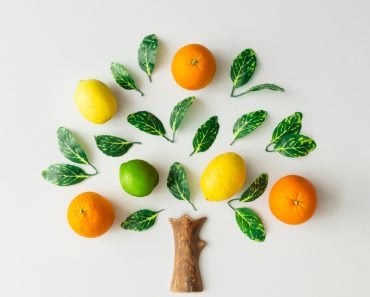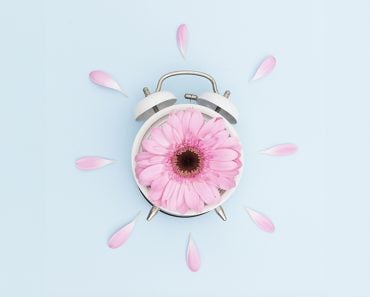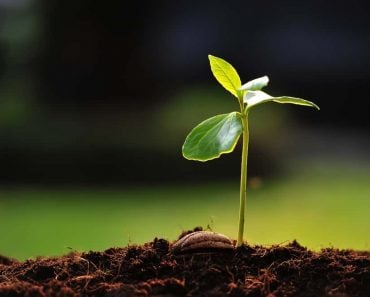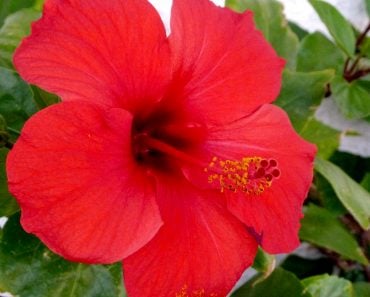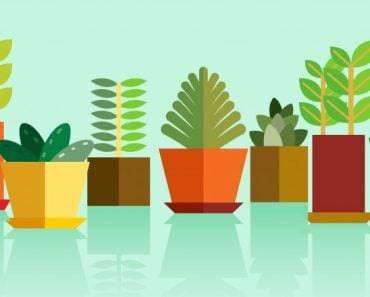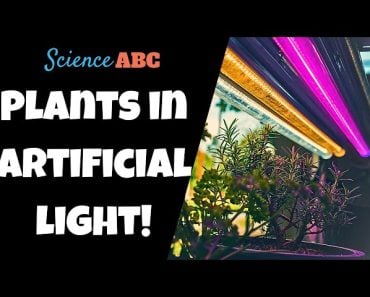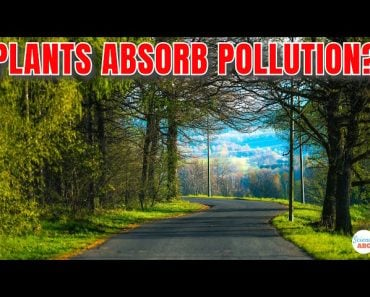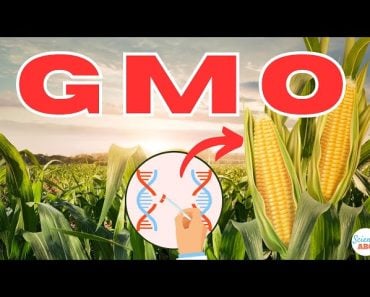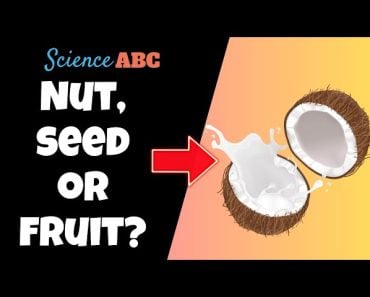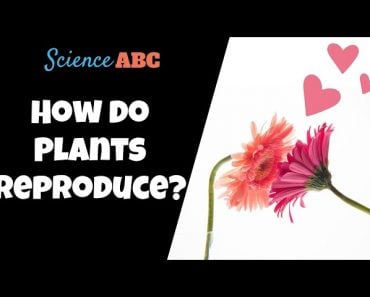Seeds grow into larger plants through the process of germination. Germination requires optimum sunlight, temperature, water and air for the seed to turn into a plant.
Isn’t it amazing that a tree as tall as a building can emerge from just a tiny seed? Just as a human embryo contains all the genetic material that determines our development into full-grown adults, the embryo in a seed does the same!
Mother Nature is brilliant and knows exactly when the seed is ready to grow; when the time is not right, it holds back its development during seed dormancy. A seed is formed by the plant after sexual reproduction, but let us find out what happens afterward!
Recommended Video for you:
Anatomy Of A Seed
The seed is made up of three parts:
- The Embryo – gives rise to the new plant.
- The Endosperm – nourishes and provides food for the seedling.
- The Seed Coat – the hard outer covering that protects the embryo. Some seed coats are hard (peas and corn), while some are comparatively soft (tomatoes and peppers)
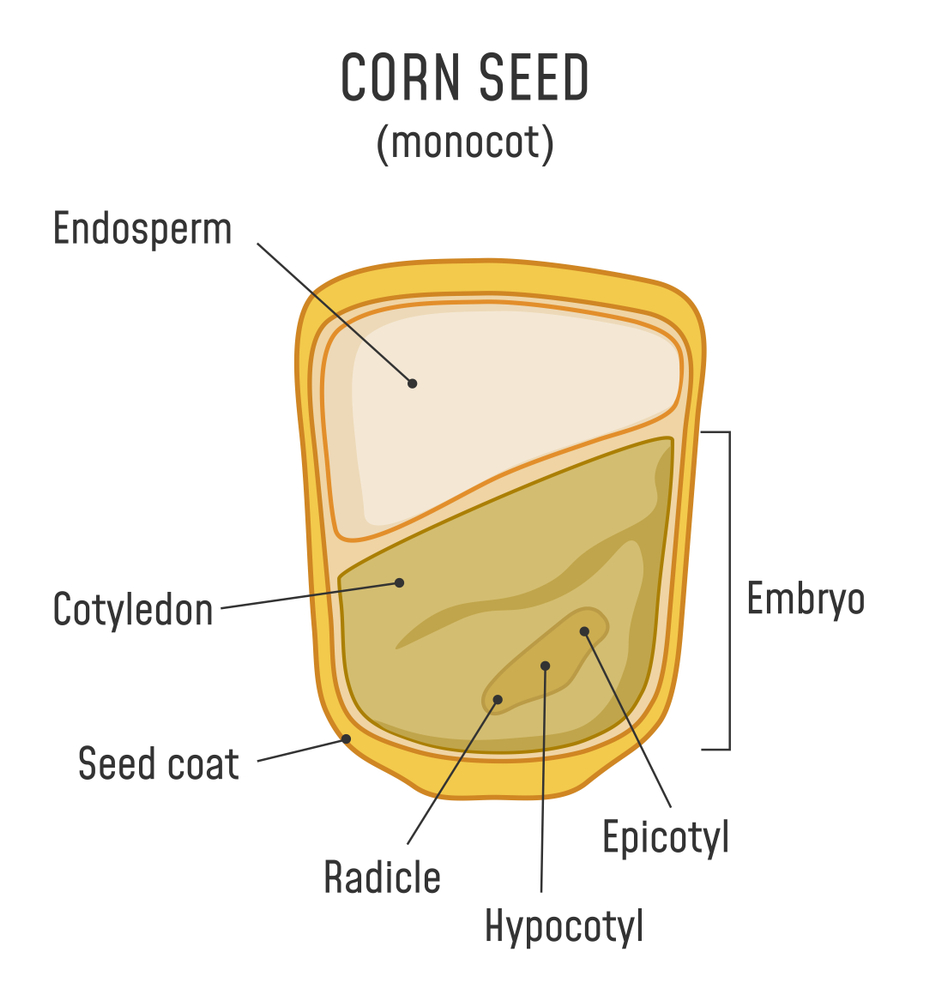
Germination And Its Requirements
The process by which a seed transforms into a plant (seedling) in optimum sunlight, air, and water is called germination. The seed can grow within its range of minimum and maximum temperatures. Any temperature above this range can either damage the seeds or make them dormant.
The seed coat has tiny holes or pores through which water and air can enter. Like any living thing, the seed needs oxygen and releases carbon dioxide until the leaves grow, at which point it can produce oxygen. The soil must be porous for water and air to penetrate and reach the seed.
If the soil is not porous, carbon dioxide does not leave the seed, and it will suffocate. If the optimal conditions are met, the seed absorbs more and more water (imbibition), swells up, and bursts!
Once the seed coat bursts open, a primary root emerges, known as the radicle. In almost all plants, the root comes before the shoot. However, there are some exceptions; in coconuts, the plumule or the shoot emerges before the root. Once the root appears, it begins to absorb water and nutrients from the soil, a function previously performed by the seed coat.
How Does The Seed Get Food Before The Leaves Appear?
As we all know, plants are the primary producers in the food chain. The leaves contain chlorophyll, which helps in photosynthesis (making food).
However, a seed that has not yet grown leaves manages to survive with the starch stored inside the cotyledons of the seed. Once the seed bursts, the root, and the cotyledons are still present, while the seed coat falls in the soil and detaches itself from the plant. The cotyledons continue providing food to the baby plant until the leaves emerge and produce their own food.
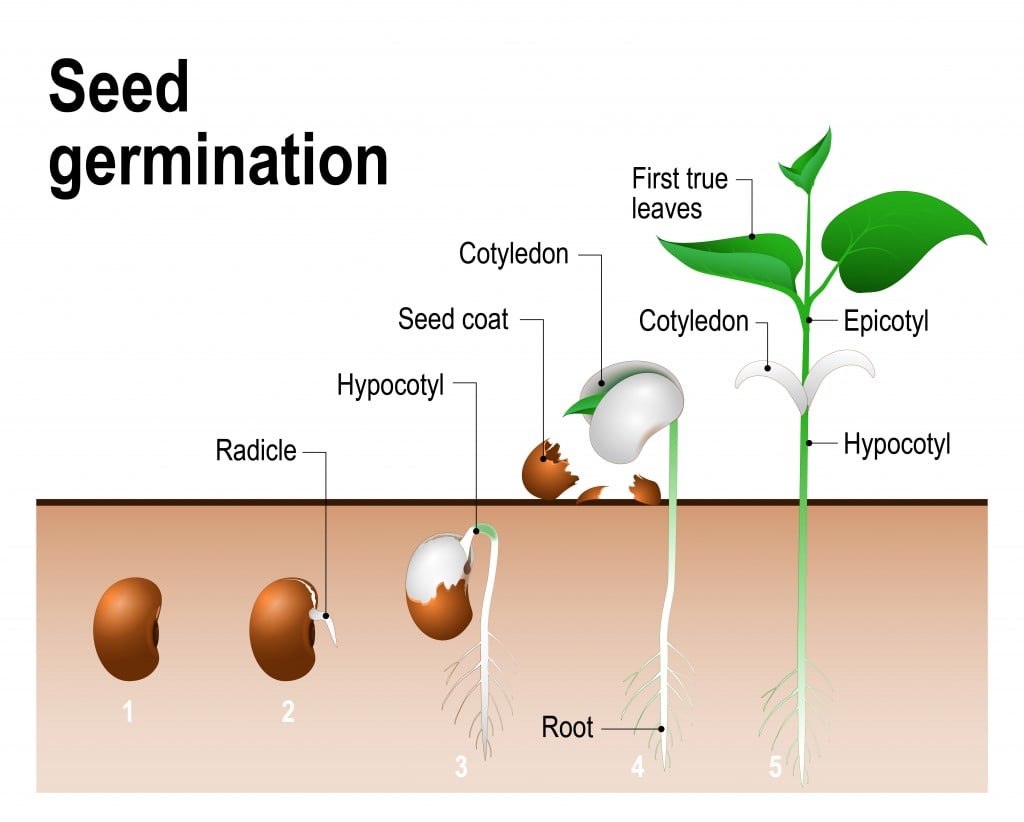
After the root, the hypocotyl and the epicotyl grow upwards and form the plant’s stem; the epicotyl forms the first leaves. When the epicotyl emerges, the stem has reached above the ground, and the leaves begin to grow. The cotyledons fall off since their job is done, and the plant can produce its own food. Thus, the process of germination is complete. Seeds come in many shapes and sizes and also have different requirements for growth. For example, some seeds might need more water or light than others.
Seed Dormancy
Seed dormancy is the sleeping period of the seed in which it does not germinate, even when the conditions are optimal. The reason for such a staggered germination pattern is to prevent herbivores from eating all the plants at once and to prevent the seeds from catching any viruses that might have spread to other plants.
Plants also have hormones, just like we do! Our hormones also activate at a certain time (puberty) when we emerge into adulthood. Similarly, plants have abscisic acid, which inhibits germination, and gibberellin, which ends seed dormancy.
Why Do Some Seeds Take Longer Than Others To Germinate?
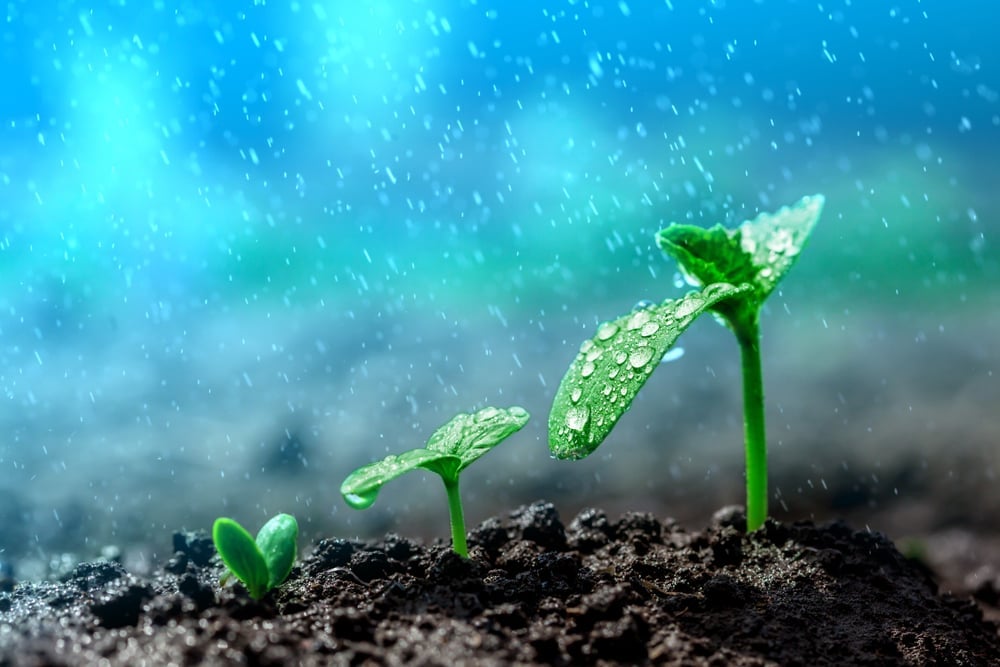
All seeds are not created equal; they differ in shape, size, color, and requirements for survival. Some seeds have a harder seed coat than others, which takes more time to soften before bursting open. Such seeds need to absorb more water to soften the seed coat, which slows germination.
In certain seasons, such as autumn and winter, when the soil is too cold, the seed goes into dormancy and germinates only in spring and winter. If the seed is planted too deep, it consumes all the energy, and food stored in the cotyledon will be used up before the shoot can emerge from the soil. If the soil is not sufficiently watered, the seed will dehydrate and die. Finally, if there is too much water, it suffocates and dies due to a lack of oxygen.
Any condition outside this optimum range can lead to the death of the seed. Every seed has a massive responsibility to turn into a giant tree or life-giving plant, so all ideal conditions must be fulfilled. It looks like humans aren’t the only species that can be a bit high maintenance!

